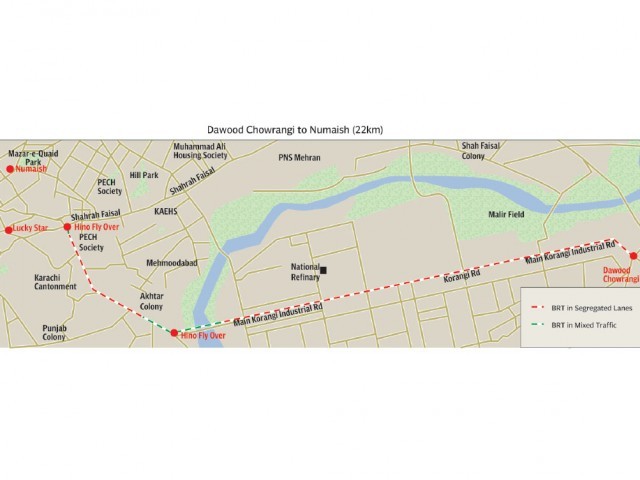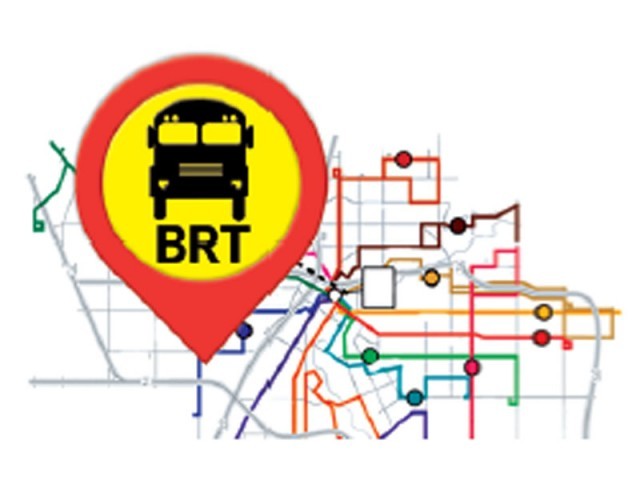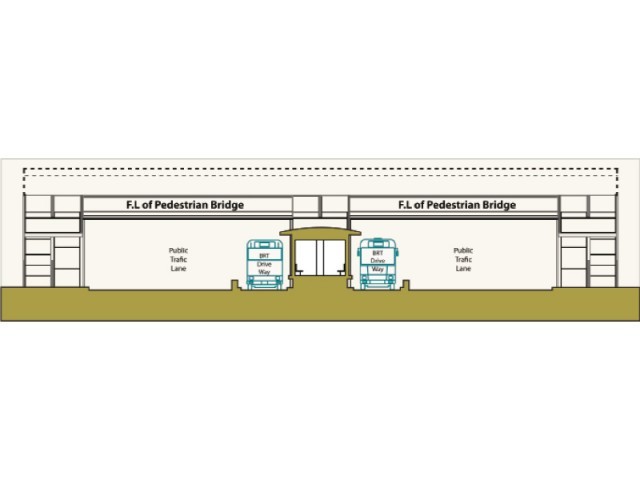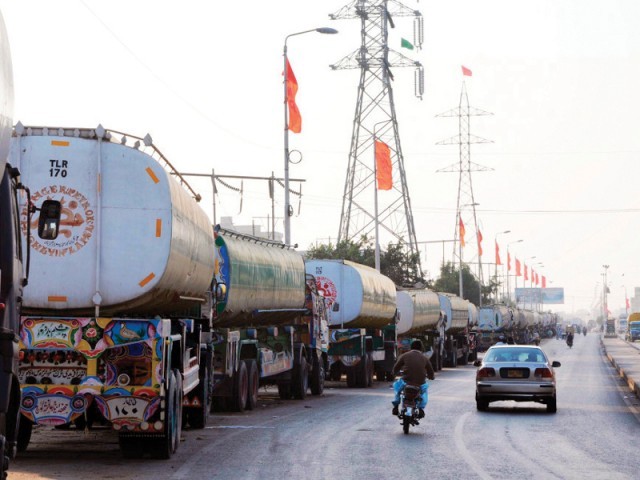A.Rafay
ELITE MEMBER

- Joined
- Apr 25, 2012
- Messages
- 11,400
- Reaction score
- 10
- Country
- Location
I am Starting This thread to put all the development news and Updates Of city Here, I think its not good to start different threads for different projects and progress of the city.All cities must have their own threads.


Canadian firm to launch public transport project in Sindh
A Canadian organisation ‘Bridge Communication & Research’, working on a number of USAID projects, has shown its interest to launch a public transport project in Sindh to ease the problems faced by the commuters in Karachi as well as inter-city travelers.
Syed Naeemuddin and his companion Sohail, originally hailing from Karachi but settled in USA, and working for Bridge Communication & Research Organisation of Canada, showed their willingness at a meeting of governing body of Karachi Public Transport Society (KPTS), recently held with provincial transport secretary Nazar Muhammad Kalhoro in the chair.
They informed the meeting that the project would be funded by USAID and executed by Bridge Communication & Research Organisation. “We are putting up our efforts for procurement of buses to run it through KPTS,” he told.
Shamsuddin Abro, Administrator, KPTS, informed the meeting that Canadian organisation had sought proposals for the project and the KPTS has proposed 3000 buses in the first phase of which 500 for Karachi city and rest for interior of Sindh. The buses proposed for Karachi would have capacity of 70 (40 seats plus 30 standing passengers) while the inter-city buses would have 52 seats capacity to carry seat-by-seat passengers.
Welcoming the Canadian Company’s project, secretary transport assured that Sindh government would extend every possible cooperation including provision of depots and other facilities.
Syed Naeemuddin of Canadian organisation, who is in Pakistan for monitoring the ongoing projects run through USAID grant, said the proposed transport project would be run by NGO (KPTS), however, his organisation would keep watch on its execution.
Bridge Communication & Research Organisation’s delegation, which is currently in Islamabad, would return and meet Sindh Chief Secretary and other concerned officials of government to finalise the matters before signing the Memorandum of Understanding with KPTS.
Minister directs to complete Family Park soon
KARACHI - Sindh Minister Syed Sardar Ahmed on Sunday directed the officials concerned to complete the ongoing construction and development work of Shaheed Ground and Family Park as soon as possible.
The provincial minister said this while inspecting the ongoing work at the park.
Member Sindh Assembly Muzamil Qureshi, Commissioner District East Shafiq-ur-Rehman and other officials were also present on the occasion.
In a short briefing, Shafiq-ur-Rehman informed the minister that the park was being built at one acre where skating yard and other amusement facilities were also being developed for the visitors, particularly for children.
It may be noted that the Shaheed Ground and Family Park is being built at Bahadurabad at a cost of Rs 10 million with the MPA fund of Sindh Minister Syed Sardar Ahmed.
Flyovers in Karachi



Canadian firm to launch public transport project in Sindh
A Canadian organisation ‘Bridge Communication & Research’, working on a number of USAID projects, has shown its interest to launch a public transport project in Sindh to ease the problems faced by the commuters in Karachi as well as inter-city travelers.
Syed Naeemuddin and his companion Sohail, originally hailing from Karachi but settled in USA, and working for Bridge Communication & Research Organisation of Canada, showed their willingness at a meeting of governing body of Karachi Public Transport Society (KPTS), recently held with provincial transport secretary Nazar Muhammad Kalhoro in the chair.
They informed the meeting that the project would be funded by USAID and executed by Bridge Communication & Research Organisation. “We are putting up our efforts for procurement of buses to run it through KPTS,” he told.
Shamsuddin Abro, Administrator, KPTS, informed the meeting that Canadian organisation had sought proposals for the project and the KPTS has proposed 3000 buses in the first phase of which 500 for Karachi city and rest for interior of Sindh. The buses proposed for Karachi would have capacity of 70 (40 seats plus 30 standing passengers) while the inter-city buses would have 52 seats capacity to carry seat-by-seat passengers.
Welcoming the Canadian Company’s project, secretary transport assured that Sindh government would extend every possible cooperation including provision of depots and other facilities.
Syed Naeemuddin of Canadian organisation, who is in Pakistan for monitoring the ongoing projects run through USAID grant, said the proposed transport project would be run by NGO (KPTS), however, his organisation would keep watch on its execution.
Bridge Communication & Research Organisation’s delegation, which is currently in Islamabad, would return and meet Sindh Chief Secretary and other concerned officials of government to finalise the matters before signing the Memorandum of Understanding with KPTS.
Minister directs to complete Family Park soon
KARACHI - Sindh Minister Syed Sardar Ahmed on Sunday directed the officials concerned to complete the ongoing construction and development work of Shaheed Ground and Family Park as soon as possible.
The provincial minister said this while inspecting the ongoing work at the park.
Member Sindh Assembly Muzamil Qureshi, Commissioner District East Shafiq-ur-Rehman and other officials were also present on the occasion.
In a short briefing, Shafiq-ur-Rehman informed the minister that the park was being built at one acre where skating yard and other amusement facilities were also being developed for the visitors, particularly for children.
It may be noted that the Shaheed Ground and Family Park is being built at Bahadurabad at a cost of Rs 10 million with the MPA fund of Sindh Minister Syed Sardar Ahmed.
Flyovers in Karachi








